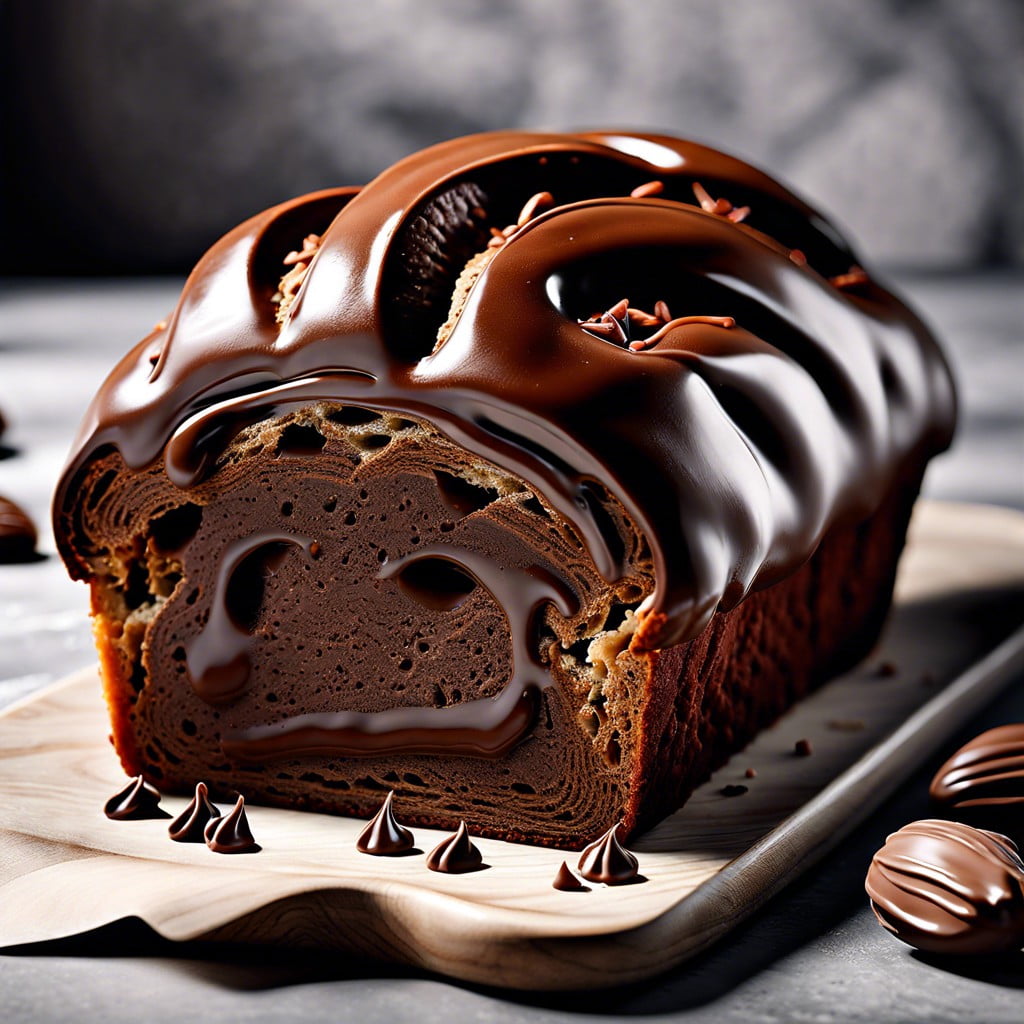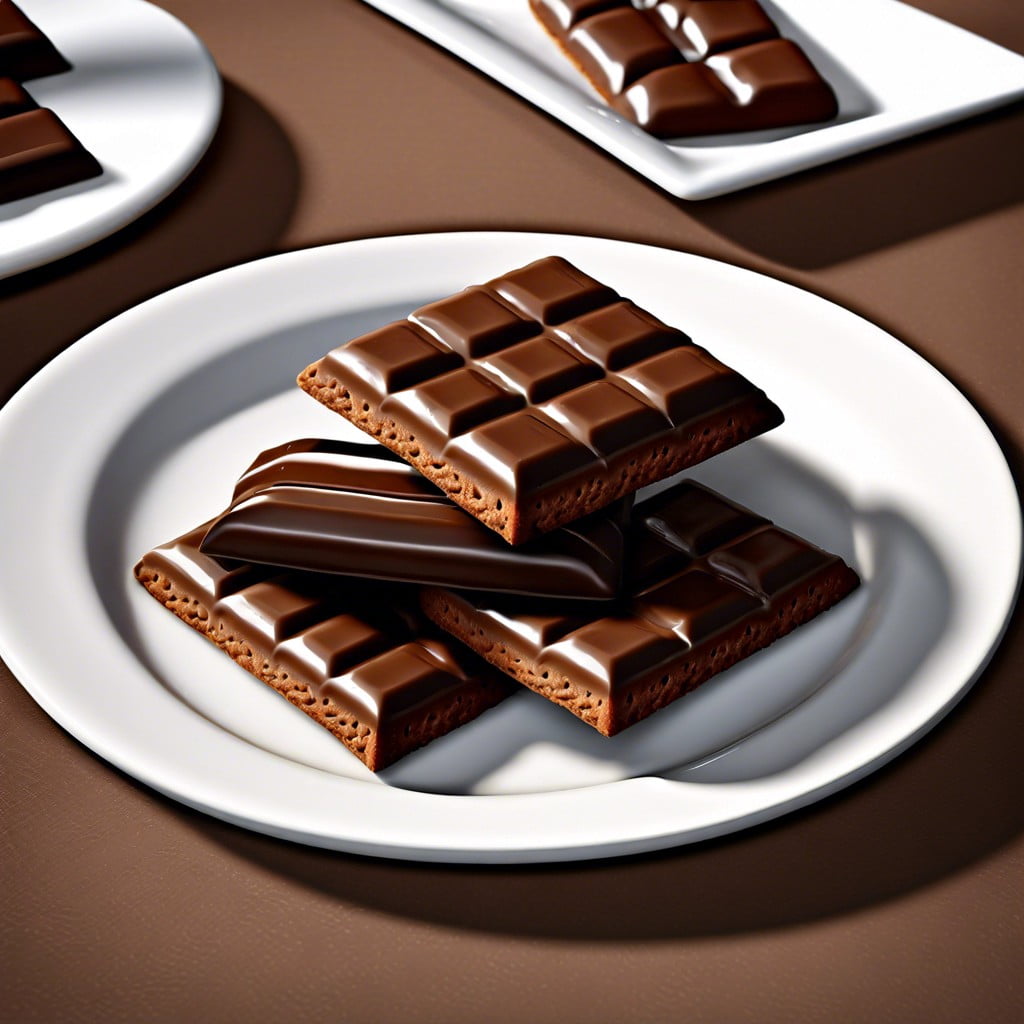Discover the origin of chocolate chip cookies and how they became a beloved treat around the world.
Key takeaways:
- Chocolate chip cookies were invented in the 1930s in Massachusetts.
- Ruth Wakefield introduced chocolate bits into her cookie dough.
- The recipe was published on Nestlé chocolate chip bags.
- Chocolate chip cookies have evolved with various flavors and textures.
- Ruth Wakefield’s legacy includes her impact on baking and literature.
Inside
The Invention of the Chocolate Chip Cookie

In the 1930s, a sweet serendipity took place in the kitchen of the Toll House Inn, Massachusetts. Ruth Wakefield, owner and chef, decided to add chopped up bits from a Nestlé semi-sweet chocolate bar into her cookie dough. This innovation was not merely the inclusion of chocolate, but the method by which the chocolate was introduced to the mixture, anticipating that it would melt and disperse throughout each cookie uniformly.
Contrary to expectation, the chocolate held its shape, creating little bursts of flavor — a delightful surprise that marked the birth of a new confectionery classic. With no grand scheme or forethought of creating a culinary staple, it was a stroke of unplanned genius and creativity that led to the treat that would become known worldwide as the chocolate chip cookie.
The Originator – Ruth Wakefield and the Toll House Inn
In the 1930s, Ruth Wakefield, co-owner of the Toll House Inn in Whitman, Massachusetts, ingeniously added chopped-up bits from a Nestlé semi-sweet chocolate bar into her cookie dough. This experimentation was not a happy accident, as often mythologized, but rather a deliberate effort by Wakefield, a dietitian and food lecturer, to create a new dessert for her guests.
The resulting baked cookies with softened chocolate morsels became an instant favorite among the visitors. The popularity of these treats at the inn, which was a popular restaurant that served home-cooked meals, led to the iconic status of the chocolate chip cookie we know and cherish today.
Wakefield’s culinary innovation, initially named the “Toll House Chocolate Crunch Cookie,” set the stage for what would become an enduring staple in American households.
The Nestlé Toll House Chocolate Chip Cookie Recipe Goes Public
In 1939, Ruth Wakefield granted Nestlé the rights to her recipe, and in exchange, she received a lifetime supply of chocolate. This paved the way for the commercial release of the chocolate chip cookie recipe. Nestlé began to score their chocolate bars for easy breaking into morsels and eventually started producing tear-drop shaped chocolate “chips” or “morsels”.
The recipe’s publication on the yellow bags of Nestlé chocolate chips emblazoned with the Toll House trademark made it a household staple. As the recipe spread, so did the popularity of the chocolate chip cookie, leading it to become an American classic. The ease of finding the recipe, along with Nestlé’s chocolate morsels, encouraged home bakers to recreate the treat and spurred a variety of adaptations.
The Evolution of the Chocolate Chip Cookie
Since its inception in the 1930s, the chocolate chip cookie has undergone numerous transformations to cater to varying tastes and dietary requirements. Here are some key developments:
1. Variations in Chocolate: Initially made with semi-sweet chocolate, today’s cookies feature myriad chocolate options including dark, milk, white, and even flavored chocolates like peppermint.
2. Alternative Ingredients: To accommodate dietary restrictions, recipes now include gluten-free flours, vegan butter alternatives, and sugar substitutes.
3. Texture Innovations: The cookie’s texture has also been a point of evolution, with some preferring a chewy, underbaked center, while others favor a crispy, golden-brown edge.
4. Add-Ins: Besides chocolate chips, nuts, dried fruits, oats, and even ingredients like pretzels or potato chips have made their way into recipes for added texture and flavor complexity.
5. Size and Shape: Beyond the traditional drop cookie, chocolate chip cookies are now fashioned into bars, mini bites, and even deep-dish, skillet-baked versions.
6. Culinary Fusions: Some chefs have used chocolate chip cookies as a base for more elaborate desserts, such as cookie pies, cookie-stuffed brownies, and ice cream sandwiches.
This adaptability and experimentation with the original recipe reflect the cookie’s universal appeal and the constant desire to tailor classic treats to modern preferences.
Ruth Wakefield’s Legacy in Baking
Ruth Wakefield’s impact on the world of baking extends far beyond her serendipitous creation of the chocolate chip cookie. Her culinary expertise and innovative spirit are echoed in the practices of countless bakers who follow her approach of experimentation and invention in the kitchen.
- Wakefield’s methodology: Emphasized precision and the importance of quality ingredients, setting a standard for baking that stresses consistency and attention to detail.
- Contribution to literature: Authored the “Toll House Tried and True Recipes” book, which continues to influence bakers with its meticulous approach and classic recipes.
- Educational impact: Through her cookery demonstrations and lectures, she educated generations of bakers, fostering a culture of sharing knowledge in the culinary community.
- Legacy of flavors: Her willingness to combine unconventional ingredients laid a foundation for the diverse and rich flavor profiles found in contemporary baking recipes.
- Inspiration to entrepreneurs: Wakefield’s success story illustrates the potential for business growth rooted in a simple, yet revolutionary product, inspiring countless food-related startups and innovations.




